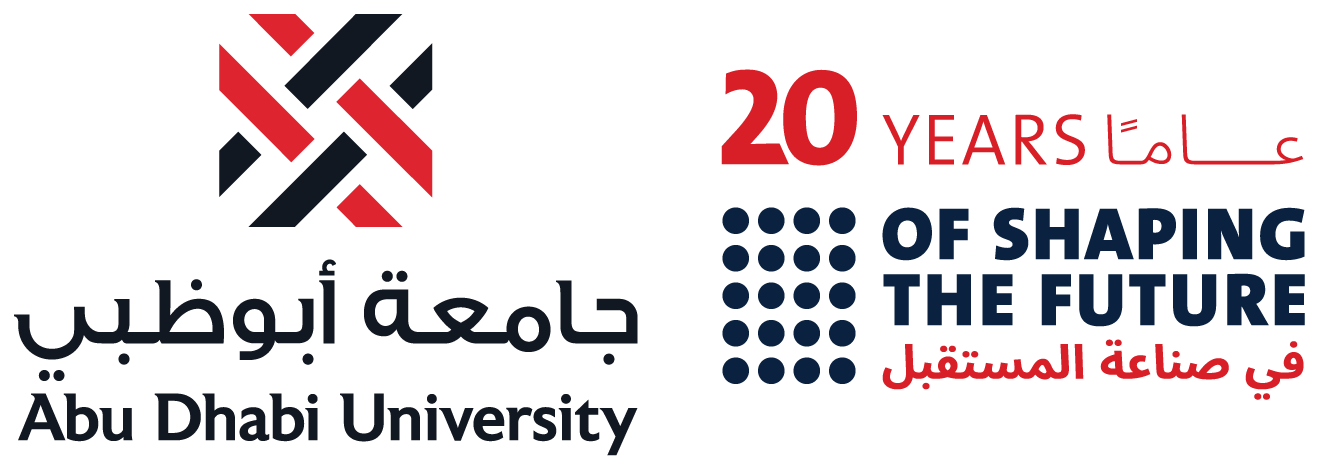Can Machine Learning Help Detect Autism?
Autism spectrum disorder (ASD) is a combination of developmental anomalies that causes social and behavioral impairments, affecting around 2% of US children.
Autism spectrum disorder (ASD) is a combination of developmental anomalies that causes social and behavioral impairments, affecting around 2% of US children. Common symptoms include difficulties in communications, interactions, and behavioral disabilities. The onset of symptoms can start in early childhood, yet repeated visits to a pediatric specialist are needed before reaching a diagnosis. Still, this diagnosis is usually subjective, and scores can vary from one specialist to another. Previous literature suggests differences in brain development, environmental, and/or genetic factors play a role in developing autism, yet scientists still do not know exactly the pathology of this disorder. Currently, the gold standard diagnosis of ASD is a set of diagnostic evaluations, such as the Autism Diagnostic Observation Schedule (ADOS) or Autism Diagnostic Interview–Revised (ADI-R) report. These gold standard diagnostic instruments are an intensive, lengthy and subjective process that involves a set of behavioral and communications tests and clinical history information conducted by a team of qualified clinicians. Emerging advancements in neuroimaging and machine learning techniques have the potential to provide a fast and objective alternative to conventional repetitive observational assessments. An international team of researchers from Abu Dhabi and Louisville Universities tackle this problem using a machine learning framework to provide an alternative approach to diagnose autism. Specifically, the research implements engineering tools to find discriminant insights from brain imaging of white matter connectivity to accurately identify autistic individuals.
Abu Dhabi co-author, and Chair of the Electrical and Computer Engineering Department, Professor Mohammed Ghazal said. “We find that the accuracy of the proposed machine learning technique is the highest in the literature. This is a promising result, with significant scope for further research, which highlights the potential of adopting neuroimaging for the diagnosis of autism”.
Reference: Elnakieb Y., Ali M.T., Elnakib A., Shalaby A., Soliman A., Mahmoud A., Ghazal M., Barnes G.N. and El-Baz A. (2021) The role of diffusion tensor MR imaging (DTI) of the brain in diagnosing autism spectrum disorder: promising results. Sensors. 21(24): https://doi.org/10.3390/s21248171
Impact Factor: 3.735; Scopus percentile: 90th.

